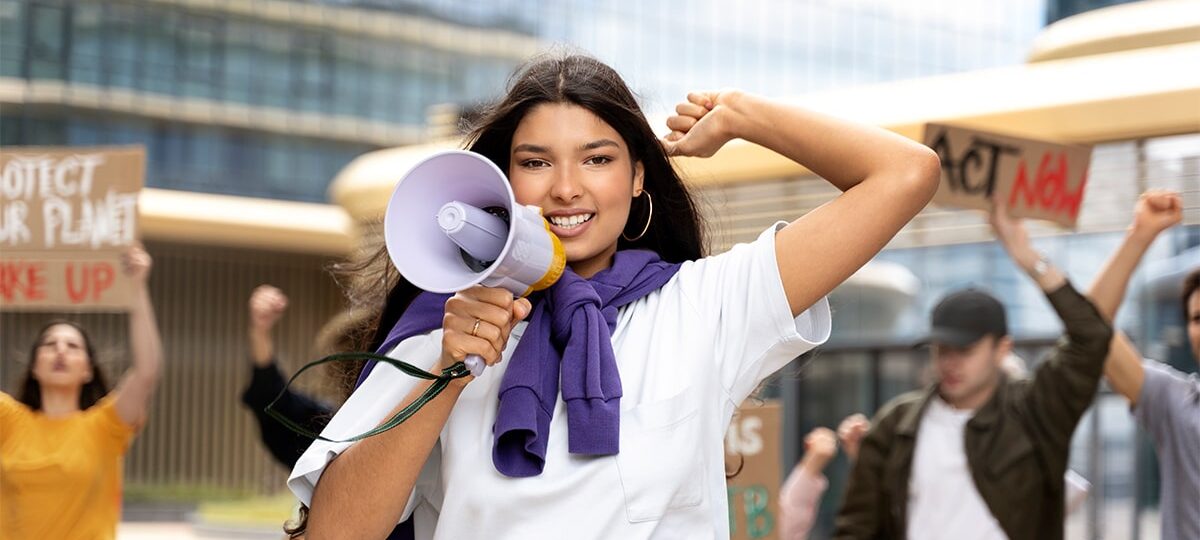College campuses have long been hotbeds of activism and debate, but in recent years, tensions have reached new heights. From protests over social justice issues to heated free speech debates and sweeping policy changes, the modern campus is a reflection of broader cultural and political divides.
Student Protests on the Rise
Across the globe, student activism is surging. Whether it’s demonstrations against tuition hikes, climate inaction, racial injustice, or international conflicts, students are demanding to be heard. Recent high-profile protests at universities in the U.S., UK, and parts of Asia have drawn national attention and sometimes led to campus shutdowns or administrative resignations.
Some notable examples include:
- Protests over Gaza and Palestine: Students have organized sit-ins, walkouts, and encampments calling for divestment from companies tied to military actions.
- Racial Equity Movements: Following the global Black Lives Matter protests, students have pushed for curriculum reform, increased diversity in faculty, and the removal of symbols linked to colonialism and racism.
The Free Speech Dilemma
With protests comes controversy over freedom of expression. Universities are increasingly caught between allowing open discourse and addressing speech that some view as harmful. Debates rage over who gets to speak on campus, with guest speakers being invited and disinvited amid backlash from different student groups.
Free speech watchdogs argue that universities must uphold the right to express even unpopular opinions, while others say schools have a responsibility to protect students from hate speech and harassment. The balance between inclusivity and freedom remains a contentious and unresolved issue.
Policy Shifts in Response to Unrest
In response to rising activism, many universities are reevaluating their policies. Changes include:
- Revising protest guidelines to clarify acceptable forms of demonstration.
- Creating “free speech zones”—a move some criticize as limiting expression rather than enabling it.
- Launching diversity, equity, and inclusion (DEI) initiatives, though these are sometimes met with political resistance.
At the same time, some state governments are passing legislation to restrict DEI programs or regulate protest activities on public campuses, escalating the tension between institutional autonomy and political oversight.
What’s Next for Campus Life?
As social and political issues continue to dominate headlines, campuses are likely to remain epicenters of debate and activism. The challenge for institutions will be finding ways to foster open dialogue while maintaining safety and inclusivity.
Campus unrest is not just a passing trend—it’s a powerful indicator of how the next generation is shaping the future of civic engagement, rights, and policy.

